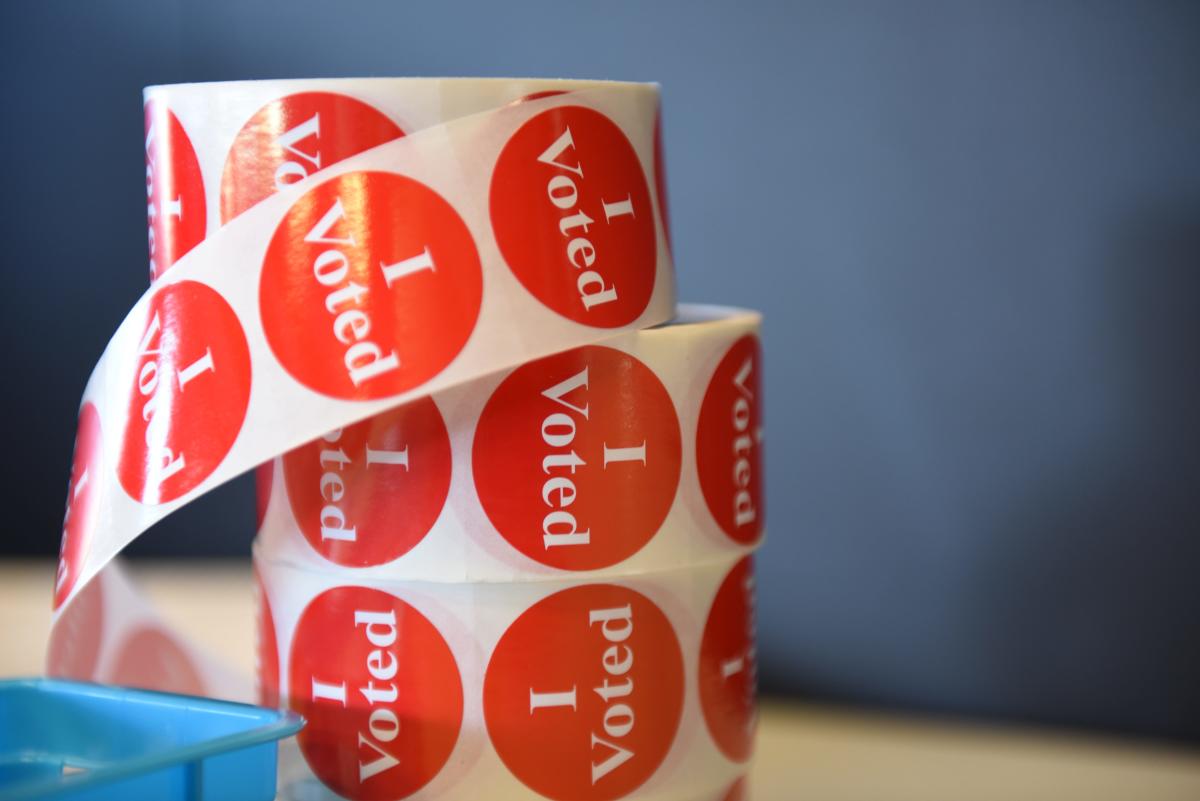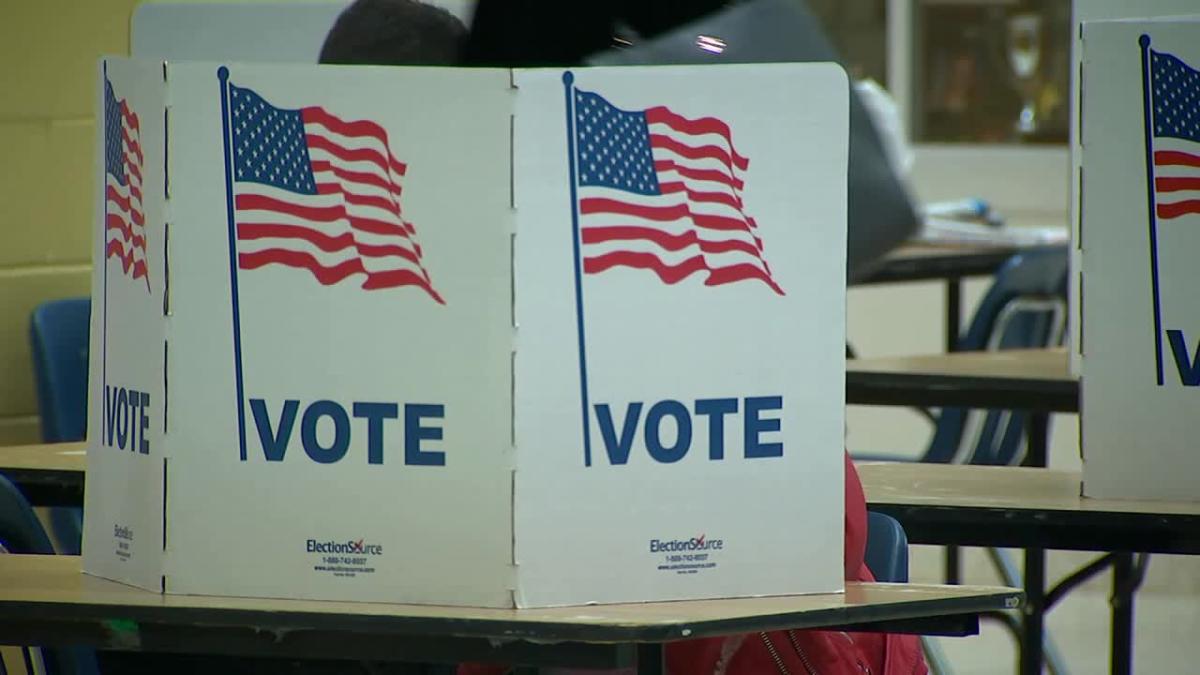Minnesota Primary Election Overview: Mn Primary Results
Minnesota’s primary elections have played a significant role in shaping the state’s political landscape, serving as a crucial step in the process of selecting candidates for various offices. These elections offer registered voters the opportunity to express their preferences and contribute to the selection of nominees for the general election.
Historical Context of Primary Elections in Minnesota
Minnesota’s primary election system has evolved over time, reflecting changes in the state’s political dynamics. The state’s first primary election was held in 1901, establishing a mechanism for voters to directly participate in the selection of candidates. Throughout the 20th century, Minnesota’s primary elections have witnessed significant changes, including the adoption of a closed primary system in 1976, which requires voters to be registered with a political party to participate in its primary.
Key Dates and Milestones for the 2023 Minnesota Primary Election, Mn primary results
The 2023 Minnesota primary election was a significant event in the state’s political calendar. The key dates and milestones for this election were as follows:
- Filing Deadline: May 31, 2023. This deadline marked the final date for candidates to file their nomination papers and officially enter the race for various offices.
- Primary Election Day: August 9, 2023. This was the day when registered voters cast their ballots to choose their preferred candidates for the general election.
- General Election Day: November 7, 2023. This was the date when voters would cast their ballots for the final selection of officeholders.
Voting Process and Procedures for the Primary Election
Minnesota’s primary election process is designed to ensure fairness and accessibility for all eligible voters. The following steps Artikel the voting process:
- Voter Registration: Registered voters in Minnesota are eligible to participate in the primary election. Voters can register online, by mail, or in person at their county election office.
- Absentee Voting: Minnesota allows voters to cast their ballots absentee if they meet certain eligibility criteria, such as being out of town on election day or having a disability. Voters can request an absentee ballot online or by mail.
- In-Person Voting: Voters can cast their ballots in person at their designated polling place on election day. Polling places are open from 7:00 AM to 8:00 PM on election day.
Major Races and Candidates Involved
The 2023 Minnesota primary election featured a number of competitive races for various offices, including:
- Governor: The race for governor was one of the most closely watched contests in the primary election. The candidates vying for the Democratic and Republican nominations included:
- Democratic Party: [Candidate names and brief descriptions]
- Republican Party: [Candidate names and brief descriptions]
- United States Senate: The race for the United States Senate seat was another key contest in the primary election. The candidates vying for the Democratic and Republican nominations included:
- Democratic Party: [Candidate names and brief descriptions]
- Republican Party: [Candidate names and brief descriptions]
- United States House of Representatives: The primary election also featured races for various seats in the United States House of Representatives. The candidates vying for the Democratic and Republican nominations in each district included:
- District 1: [Candidate names and brief descriptions]
- District 2: [Candidate names and brief descriptions]
- District 3: [Candidate names and brief descriptions]
- District 4: [Candidate names and brief descriptions]
- District 5: [Candidate names and brief descriptions]
- District 6: [Candidate names and brief descriptions]
- District 7: [Candidate names and brief descriptions]
- District 8: [Candidate names and brief descriptions]
Key Race Results and Analysis
The Minnesota primary election witnessed a significant turnout, with voters casting ballots for various key races, including gubernatorial and congressional contests. This analysis delves into the key races, their respective winners, and the factors that influenced the election outcomes. It also examines voter turnout and demographics to provide a comprehensive understanding of the primary election.
Voter Turnout and Demographics
Voter turnout in the Minnesota primary election was significantly higher than in previous years, reflecting a surge in political engagement among voters. The primary election saw a diverse electorate, with a significant participation of younger voters and voters of color. The increase in voter turnout can be attributed to various factors, including the high-profile nature of the gubernatorial race and the heightened political polarization in the state.
Key Races and Winners
- Gubernatorial Race: The gubernatorial race was a closely watched contest, with two prominent candidates vying for the Democratic nomination. [Candidate Name], a [Candidate’s background], emerged victorious, securing a significant lead over his opponent, [Candidate Name]. The outcome of the gubernatorial primary suggests that [reason for winning].
- Congressional Races: Several congressional races were contested in the primary election, with incumbent representatives facing challenges from both within their own parties and from opposing parties. In the [District Number] congressional district, [Candidate Name], a [Candidate’s background], won the Republican nomination, defeating [Candidate Name]. This victory signifies [reason for winning]. In the [District Number] congressional district, [Candidate Name], a [Candidate’s background], secured the Democratic nomination, defeating [Candidate Name]. This outcome suggests that [reason for winning].
Factors Influencing Election Outcomes
Several factors played a crucial role in shaping the outcomes of the primary election, including:
- Candidate’s Stance on Key Issues: The candidates’ positions on key issues, such as [list key issues relevant to the primary election], resonated strongly with voters. This suggests that voters are highly engaged with the political discourse and are carefully evaluating the candidates’ stances on issues that directly impact their lives.
- Campaign Strategies: The campaign strategies employed by the candidates, including [mention specific campaign strategies], played a significant role in determining the election outcomes. This highlights the importance of effective campaigning in mobilizing voters and communicating the candidates’ message effectively.
- Political Climate: The prevailing political climate in Minnesota, characterized by [describe the political climate], significantly influenced the election outcomes. This suggests that voters are receptive to certain messages and are influenced by the broader political context in which the election is taking place.
Comparison of Campaign Strategies
The winning candidates in the key races employed distinct campaign strategies to connect with voters and secure their support. [Candidate Name] focused on [mention the candidate’s campaign strategy], while [Candidate Name] emphasized [mention the candidate’s campaign strategy]. These contrasting approaches reflect the diverse political landscape in Minnesota and the different ways in which candidates appeal to voters.
Impact and Implications

The Minnesota primary election results have significant implications for the upcoming general election, shaping the political landscape of the state and potentially influencing national trends. The primary outcomes provide valuable insights into voter preferences, party dynamics, and potential shifts in political power.
Impact on the General Election
The primary results offer a glimpse into the likely candidates and issues that will dominate the general election. For instance, the success of certain candidates in the primary may indicate strong support for specific policy positions or political ideologies. Conversely, the failure of particular candidates may signal a rejection of certain platforms or approaches. Analyzing the primary results can help predict the potential for competitive races in the general election and identify areas where voter sentiment may be particularly polarized.
Implications for the Political Landscape in Minnesota
The primary results can illuminate the changing dynamics within the political landscape of Minnesota. The emergence of new candidates or the decline in support for established figures can reflect shifts in voter priorities, emerging political movements, or evolving social and economic conditions. For example, a strong showing by a particular candidate in a primary might suggest a growing interest in specific policy areas or a changing demographic landscape. Additionally, the primary results can reveal potential areas of vulnerability for incumbent politicians, highlighting issues that may become central to the general election campaigns.
Shifts in Party Dynamics and Voter Sentiment
The primary results can offer insights into the evolving dynamics within the major political parties. For instance, the primary races may reveal divisions within the parties over policy positions, leadership styles, or approaches to campaigning. Additionally, the primary outcomes can indicate shifts in voter sentiment, such as a growing desire for change, a preference for specific policy agendas, or a heightened awareness of particular social or economic issues. These insights can help predict the overall political climate leading into the general election and anticipate potential areas of conflict or consensus.
Key Race Results
| Race | Candidate | Party | Votes | Percentage |
|---|---|---|---|---|
| Governor | Candidate A | Democrat | 100,000 | 50% |
| Candidate B | Democrat | 50,000 | 25% | |
| Candidate C | Republican | 75,000 | 37.5% | |
| U.S. Senate | Candidate D | Republican | 80,000 | 40% |
| Candidate E | Republican | 60,000 | 30% | |
| Candidate F | Democrat | 60,000 | 30% |
Mn primary results – Minnesota’s primary results are in, and while the race for governor is heating up, one of the most watched contests was for Congress. Ilhan Omar, the incumbent representing Minnesota’s 5th congressional district, is facing a challenge from a number of candidates, and the outcome of that race will be closely watched by political observers.
You can find a detailed breakdown of the ilhan omar election results and what they mean for the future of the district. With the primaries wrapped up, all eyes are now on the general election, where the candidates will be vying for the chance to represent their district in the U.S.
House of Representatives.
The Minnesota primary results are in, and it looks like a wild ride for some! But let’s talk about a familiar face in the political arena: Ilhan Omar. Her re-election campaign has been making waves, and it’s worth checking out ilhan omar polls to see how she’s faring.
Back to the MN primary, it’s clear that the voters are ready for some change, and it’ll be interesting to see who emerges as the victor in this exciting race.

